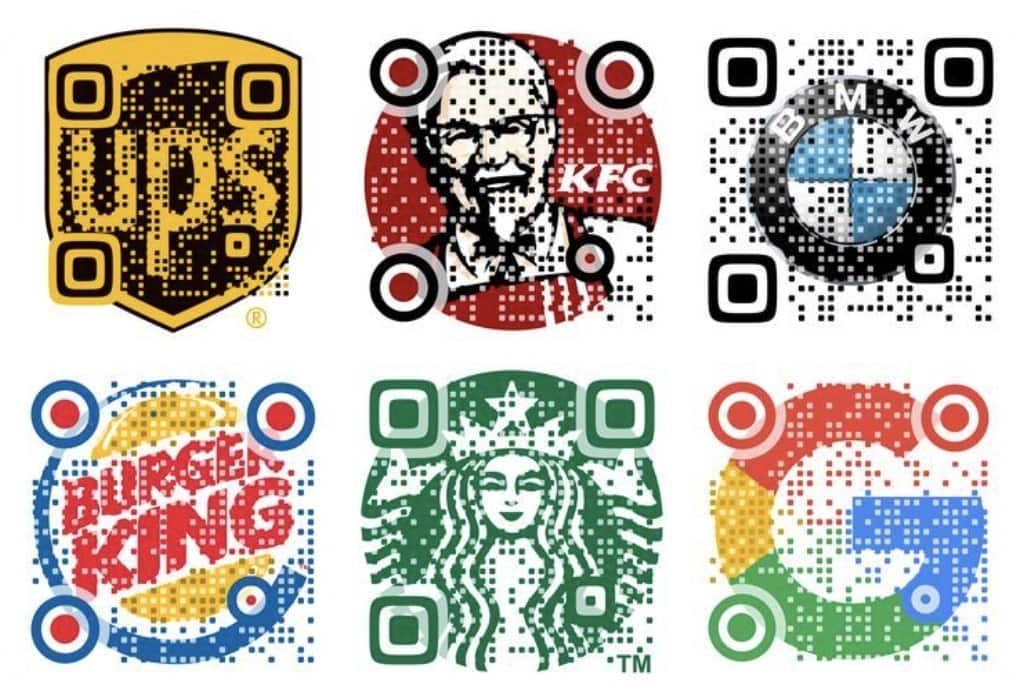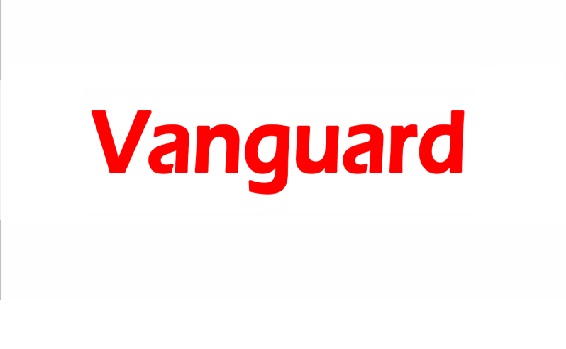By Felicia Nwosu
As QR codes become more prevalent across various industries, their transformative potential and associated risks are drawing significant attention. The ongoing debate highlights the dual nature of QR codes as both innovative tools and potential security risks, underscoring the need for a balanced approach to their implementation.
Patrick Osinski, CEO of REALITEES, highlighted QR codes’ role in revolutionizing artistic expression in a recent LinkedIn post. He asserted that QR codes are evolving beyond their traditional functions, becoming crucial elements in modern art. Osinski observed that artists are now incorporating QR codes into paintings, sculptures, and installations, creating interactive experiences that allow viewers to access hidden messages and exclusive digital content. He noted that this trend is being embraced by museums and galleries, which are using QR codes to enrich visitor engagement with additional resources like audio guides and behind-the-scenes insights.
In contrast, Michael Margolies, CEO of NextGrad, raises concerns about the practical drawbacks of QR codes in creative contexts. Margolies argues that while QR codes may offer convenience, they introduce an extra step that can complicate user interaction. He stated that if the content accessed through a QR code does not immediately engage the viewer, it may be perceived as a nuisance. Margolies also pointed out that QR codes can clutter designs and detract from the overall impact of the message, advocating for more straightforward methods of communication to ensure clarity and effectiveness.
From a cybersecurity perspective, Nachiket Sathaye, a cybersecurity consultant, has raised alarms over a new threat known as “quishing.” He explained that this involves embedding malicious URLs within QR codes, which can redirect users to fraudulent websites designed to steal sensitive information or install malware. Sathaye emphasizes the need for vigilance and user education as QR codes become more integrated into digital and physical interactions. He advises users to verify the sources of QR codes, especially those received through unsolicited or suspicious means, and recommends using secure QR code generators, advanced email security, and mobile security apps to mitigate these risks.
Meanwhile, Obaloluwa Oluleye, a product manager and communication expert at Connect Marketing Services, offered insights into the various types of QR codes and their applications in an interview with MARKETING EDGE. Oluleye explained that static QR codes contain fixed information, while dynamic QR codes are editable and trackable, allowing for updates to linked content.
He outlined different QR code solutions, such as URL codes for websites, vCards for contact information, and File codes for documents. Oluleye acknowledged that while QR codes are user-friendly and increasingly widespread, they have limitations, including security concerns and the need for smartphones and internet connectivity.
He encouraged brands to adopt QR codes for their efficiency and cost-effectiveness in customer engagement, suggesting that integrating them into print ads can effectively bridge online and offline experiences.






Comment
No comments found.